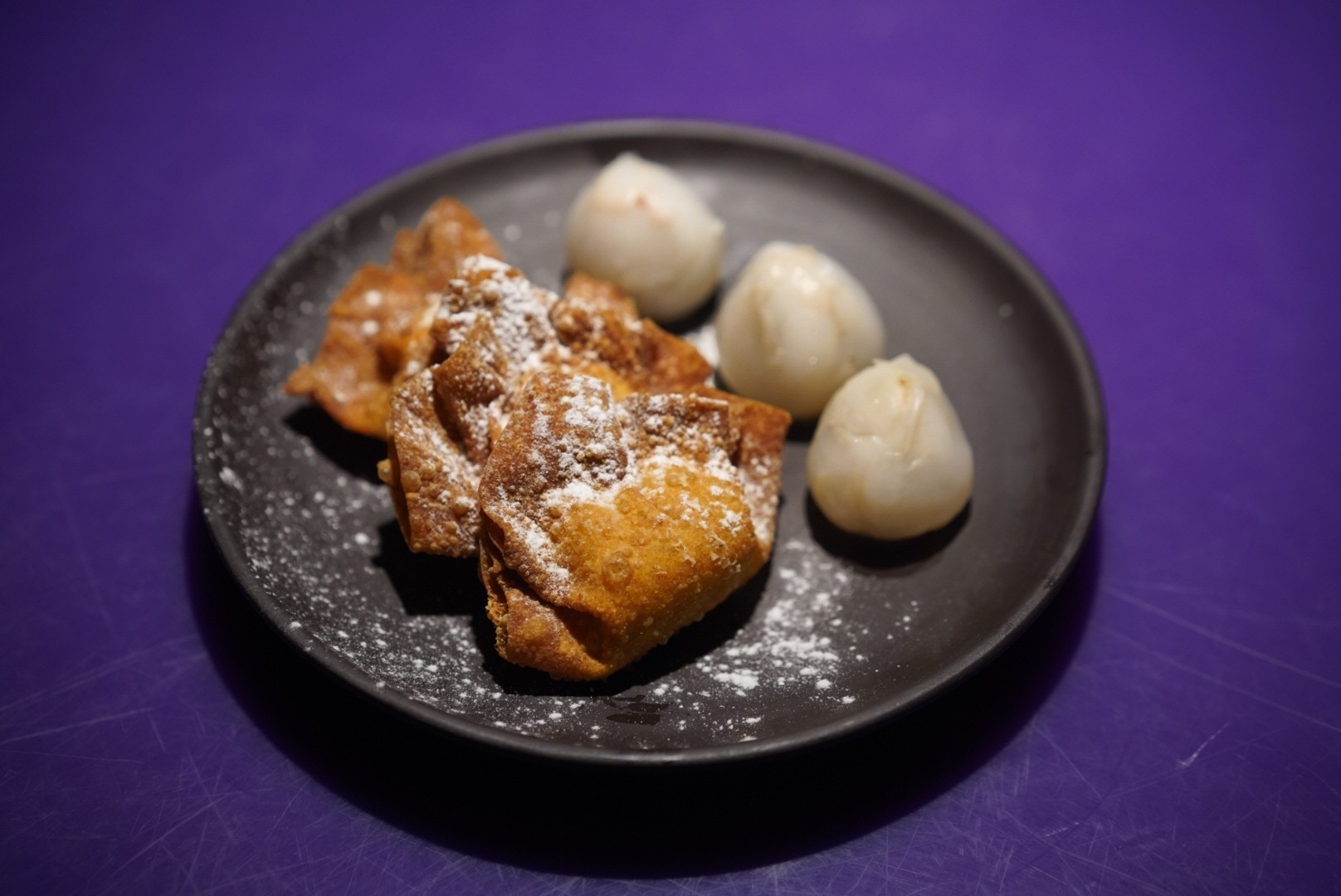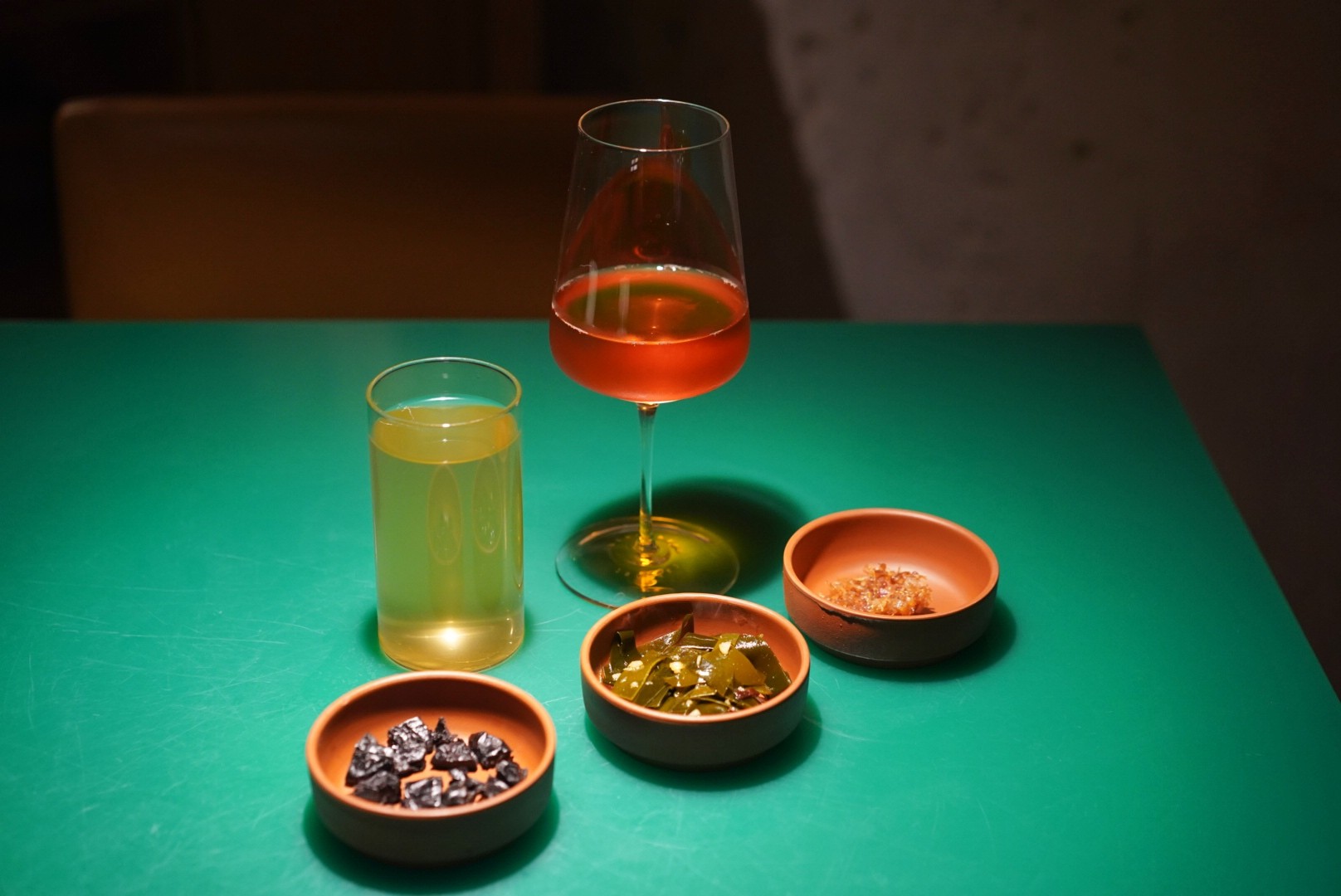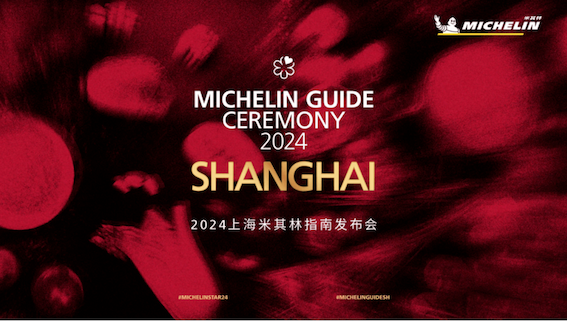The Place
An ode to the gastronomical heritage of Guangdong, Chaoshan and Fujian, the Oha Group (Oha Eatery, Dead Poet, Bar No. 3, Pass Residence) added Fu Restaurant (福餐厅) to their already impressive portfolio of venues late last year on Dagu Lu.

Image by Sophie Steiner/That's
Meaning lucky, happiness and good fortune in Chinese, the restaurants name – 福 – is also a play on words with the restaurant’s logo – a bat, or bianfu (蝙蝠) – the same fu character, but with a different radical.

Image by Sophie Steiner/That's
Employing traditional Cantonese cooking style to delivered-fresh-daily ingredients shipped every morning from Guangdong, the menu is all about lighter regional tastes, paired with correspondingly demure wines and approachable cocktails.
The Food
The menu – crafted by Executive Chef Kong Depei (previously of Tian Di Yi Jia) and his four-person culinary team, all hailing from Zhaoqing, Guangdong, takes diners on a culinary road trip through Guangzhou, Shunde, Chaozhou, Shantou and beyond.
It pulls on safeguarded family recipes, coupled with a spirit of reinterpretation inspired by the distinct ingredients and condiments of the region: goose web, fermented olive kernels, aged radish and tangerine peels, low temperature boiled goose liver and wampee fruit, to name a few.

Image by Sophie Steiner/That's
Using wild onions from the sandy desert of Inner Mongolia, the Chaoshan Pickled Spring Onion & Oyster (RMB38) showcases the contrast between these garlicky shoots and plump, sweet brackish water oysters.
Hollow and crisp, the wild onions are sharper than their Shanghai counterparts, accentuating the juxtaposition of flavors.
 Poached Chicken with Rose Soy Sauce (RMB68), Image by Sophie Steiner/That's
Poached Chicken with Rose Soy Sauce (RMB68), Image by Sophie Steiner/That's

Image by Sophie Steiner/That's
The double-boiled Black Bone Chicken Soup (RMB92) is presented in a whole coconut, the broth made from coconut water steeped with ginger, goji berries, and other similarly aromatic ingredients for a health-forward slurp.
This deeply pigmented fowl is higher in vitamins, calcium and iron with a lower fat content when compared with other chicken breeds, adding to its allure amongst health-conscious diners.

Image by Sophie Steiner/That's
The restaurant’s signature dish, the Steamed Boneless Crucian (RMB147) is a showcase of knife mastery.
This traditional recipe involves de-boning a river fish in such a way that it's referred to as kong fu cai, for it requires years of culinary experience for the chef to skillfully remove the multitude of sewing-needle size bones.
The fish is then infused with lam angle – a type of Cantonese aged black olive with concentrated flavor and a soft, leathery mouthfeel – plus Chaozhou soy sauce.
While the bites with said olive and slippery steamed luffa are standout, those without are just standard, leaving us questioning its popularity, something we attribute to the photo-worthy plating and backstory.

Image by Sophie Steiner/That's
Homemade Pan-fried Squid Paste (RMB70) is molded into cubes and deep-fried, resulting in a crackly exterior yet springy center that is pleasantly sweet and tastes of the ocean.
The in-house made XO sauce combines Jinhua ham, marinated salt fish, dried river shrimp and garlic, for a straightforward take on this Cantonese condiment that is less oily than most jarred alternatives.
But, the oil that is saved in the sauce is felt twofold over in the frying of the cakes, leaving a smarmy slickness on the tongue that becomes off-putting after a few bites.

Image by Sophie Steiner/That's
A dish hailing from Puning, Chaozhou, the Deep-fried Puning Tofu (RMB38) is served atop an equally bold and supple leek sauce made from sauteed leeks, raw garlic, peanut oil, and salt.
The tofu itself is elegant in its simplicity – a fluffy middle encased in a brittle, ribbed shell.

Image by Sophie Steiner/That's
Being a Cantonese spot, it would be sacrilegious to not showcase claypot rice, and Fu avoids that misstep by offering three – Traditional Claypot Rice (RMB98), River Eel Claypot Rice (RMB102), and Squid and Kohlrabi Claypot Rice (RMB98).
It's some of the best we’ve tasted in the city.

Image by Sophie Steiner/That's
Arriving tableside still hissing and sizzling, with that signature aroma of fried garlic and salted meat, the delectable contradiction of crackly guoba edge rice kernels, bacon and sweet sausage keep diners coming back for a second helping.

Image by Sophie Steiner/That's
Enveloped in a cheung mian fen (澄面粉) wrapper, the trio of Pan-fried Chaozhou-style Beef Dumplings (RMB33) are dramatic in heft, a gummy crunch giving way to a minced beef, mushroom and dried shrimp filling that add up to one of the most distinctive dumplings we’ve tasted in China to date.
Top tip: For those in the know, there’s a secret (verbal) menu reserved for regular clientele, sporting the likes of daily fresh caught razor eels and eel fry, based on seasonality and availability.

Image by Sophie Steiner/That's
When it comes to dessert, the Deep-fried Vanilla Milk Paste Dumplings (RMB36) are the obvious choice, focusing in on pudding-like milk cream infused with Madagascar vanilla, “gift-wrapped’ into wonton skin and fried to a crisp.

Image by Sophie Steiner/That's
As for drinks, there are a handful of Chinese ingredient-forward cocktails – like Prune & Lam Angle Olive Brandy (RMB72) – and mocktails – like Floral Citrus & Tea (RMB49), reminiscent of tawny port, with thick skin orange and clay oven-toasted osmanthus.

Image by Sophie Steiner/That's
There’s also a moderate wine selection, mostly from France and China's northwest Ningxia Autonomous Region, at RMB98-124 by the glass and bottles falling in the RMB400-800 range.
The Vibe
Fu Restaurant’s goal is to present the slowly fading culinary tradition of the Guangdong region, while dismantling the orthodox impressions of what stereotypical Cantonese dining is.

Image by Sophie Steiner/That's

Image by Sophie Steiner/That's
While the flavors on the plate represent the delicate tastes of the area, bolder decorative elements – like retro purple, green and red tables, exposed and crumbling concrete walls, upside down fu (福) logos, and cutoff wine bottle lamp-shades – add an edgy, retro element, making it more appealing to the younger, trendy Shanghai crowd.

Image by Sophie Steiner/That's
And rowdy it can become, with hip beats at dinnertime interspersed with friendly conversation and laughter coming from the larger booths. With chef’s table style-seating in the back, in total the venue fits about 50 diners.

Image by Sophie Steiner/That's
The menu is updated regularly, with 40% of the dishes rotated every few months to offer something new for repeat customers, of which there are many.
They return for the consistent presentation of high-quality ingredients, treated with care at accessible prices.
Price: RMB200-400
Who’s Going: Oha Group fans, hip locals, Cantonese food fans
Good For: Happening dinner vibes, Cantonese cuisine explorations, date nights
Fu Restaurant, 431 Dagu Lu, by Ruijin Er Lu, 大沽路431号, 近瑞金二路.
Read more Shanghai Restaurant Reviews.
[Cover image by Sophie Steiner/That's]





















0 User Comments